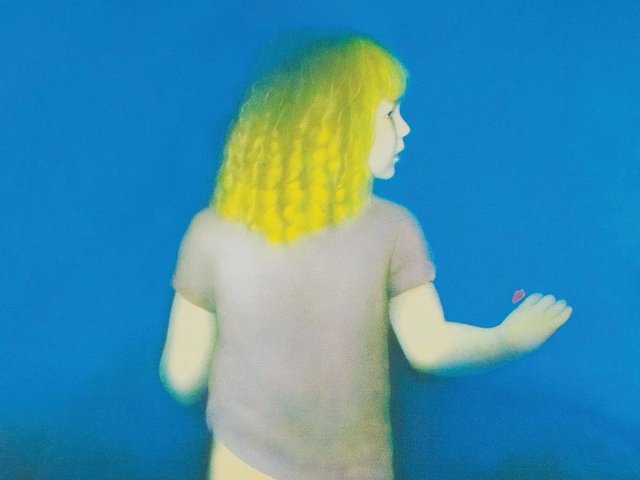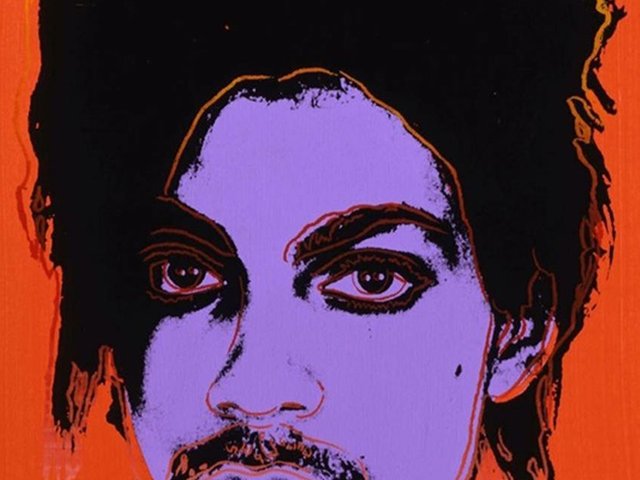Works of art and 19th-century photographs belonging to the artist and convicted paedophile Graham Ovenden are due to be destroyed at the request of the Metropolitan Police. Judge Elizabeth Roscoe ordered the destruction at Hammersmith Magistrates’ Court on 13 October. The art world’s reaction to the decision has been surprisingly muted.
Ovenden was sentenced to 27 months in prison in October 2013, after being found guilty of a charge of indecency with four young girls in the 1970s. The offences related to incidents that occurred when the children were sitting for him during photographic sessions. Ovenden, who was recently released, maintains his innocence and has described the hearing on 13 October as “a complete farce”.
The Metropolitan Police made an application under the 1978 Protection of Children Act for the destruction of the works that were deemed indecent according to “the recognised standard of probity”. The images had been seized from Ovenden as part of the investigation, and a total of 172 were ordered to be destroyed, including works by both Ovenden and other artists.
Reports of the court hearing suggest that the photographs include works by Wilhelm Plüschow (1852-1930), a German who lived for many years in Italy. Plüschow is known for his nude photography, mainly of young males, and some of his work is now regarded as artistic; he was jailed for sexual offences in 1902.
Another figure mentioned in media reports is Pierre Louÿs (1870-1925), a Belgian-born French gay poet with an interest in lesbianism. Ovenden is said to have bought his photographs at Sotheby’s in the 1970s.
A spokesman for the Metropolitan Police says: “Cases such as these are a matter of opinion, and it was right that the court was asked to explore the boundaries between what constitutes art and what could be construed as indecency. It is important that such cases are tested in the judicial arena.”
The police will not reveal which works are to be destroyed, nor provide further details of them, and warned journalists that they would be committing an offence by viewing them. It is therefore impossible for anyone outside court or police circles to judge whether the items to be destroyed include art (or historical material)—or are simply pornography.
Public collections in the UK face difficult decisions over Ovenden’s work. The Tate owns 34 of his prints, all from the 1970s. After he was found guilty, all images of his works were removed from the institution’s website, although the originals can be viewed by appointment. Following questions from The Art Newspaper, three images of landscapes were reinstated on the Tate’s website. The Victoria and Albert Museum also owns 14 prints by Ovenden, but only two landscapes are illustrated on its website.



